
A puzzling temperature pattern in the tropical Pacific
The tropical Pacific not only impacts the weather in various regions of the world, but also determines the overall response of the climate system to…

50 Years of Climate Research at the Max Planck Institute for Meteorology
A lot has happened in climate research since the Max Planck Institute for Meteorology was founded 50 years ago. Activities at the Institute have…
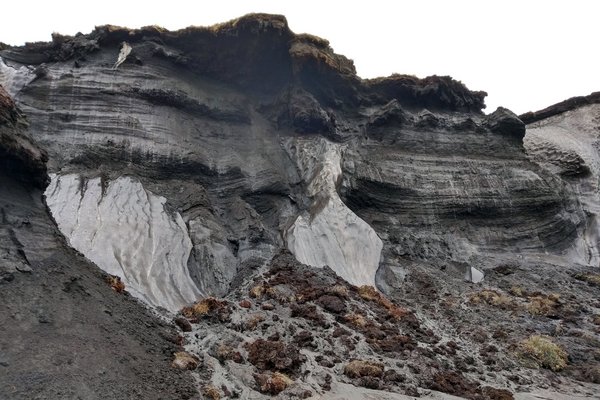
The precarious future of permafrost
The Arctic is heating up particularly fast as a result of global warming – with serious consequences. The widespread permafrost in this region, where…
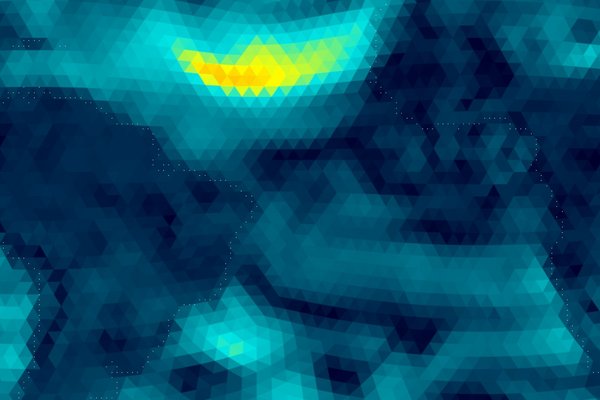
A new generation of models for kilometer-scale climate projections
Imagine a future where climate science offers the appropriate tools to predict and thus help mitigate the impacts of climate change. This future is…
![[Translate to English:] [Translate to English:]](/fileadmin/_processed_/f/c/csm_T_Orcestra_Wolken_38a6d5472a.jpg)
ORCESTRA: Exploring Tropical Clouds and their Impact on Climate
The ORCESTRA started his performance on August 10th in Cap Verde. The PERCUSION gives the beat by flying back and forth across the belt of deep rain…
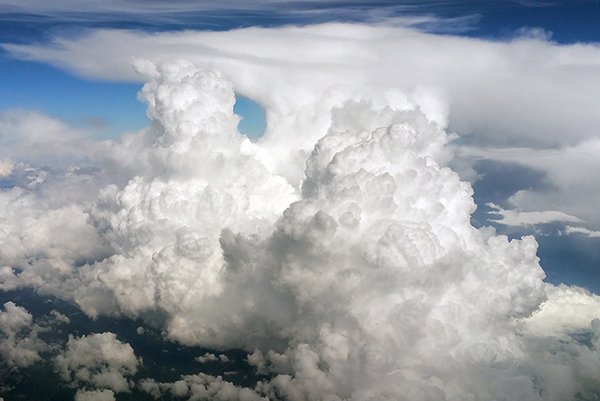
Insights into the thermal structure of the tropical troposphere
When you feel the wind on your face, see clouds in the sky, and watch a bird flap its wings in flight, you’re experiencing the troposphere. It is the…

Climate Dynamics research field — a portrait of new director Sarah Kang
When she opens the door to her office and invites you in with a friendly smile, it quickly becomes clear: Sarah Kang is still new at the Max Planck…
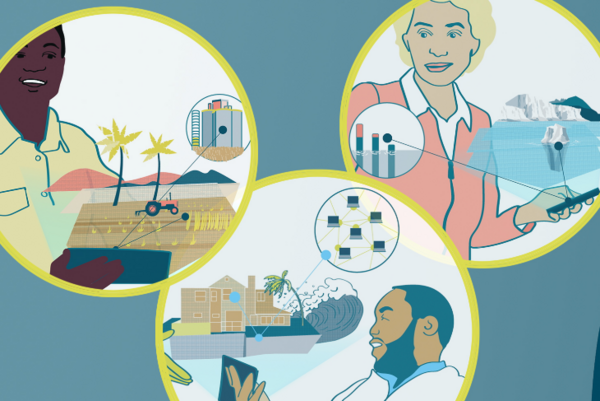
The Berlin Summit for EVE: Toward closing the climate information gap
Never before in millions of years has our planet warmed so rapidly as today. A deeply concerning manifestation of this change is the world’s recent…

Fairweather cumulus are here to stay after all!
“Eureka!” That is what the Greek scholar Archimedes is said to have exclaimed in delight upon discovering buoyancy. More than 2,000 years later, the…
![[Translate to English:] [Translate to English:]](/fileadmin/_processed_/9/d/csm_T_Fokus_Palmod_39c0a04f75.jpg)
Large-scale research project PalMod: What have we learned?
The PalMod project (short for paleo-modeling), funded by the German Federal Ministry of Education and Research (BMBF), investigates the climate…
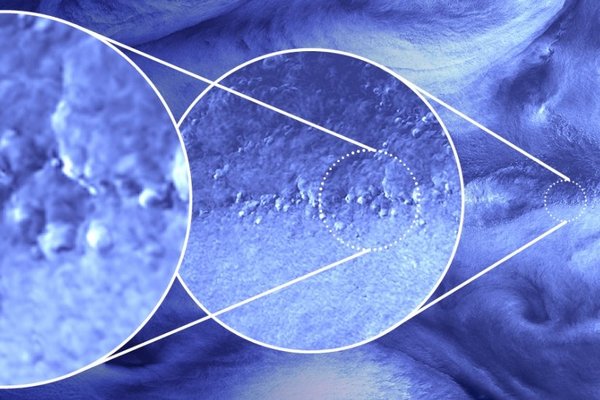
The Future of Climate Modeling — the Kilometer Scale
Climate change poses new questions for climate science; questions that cannot be answered by the present generation of climate models. There is no…
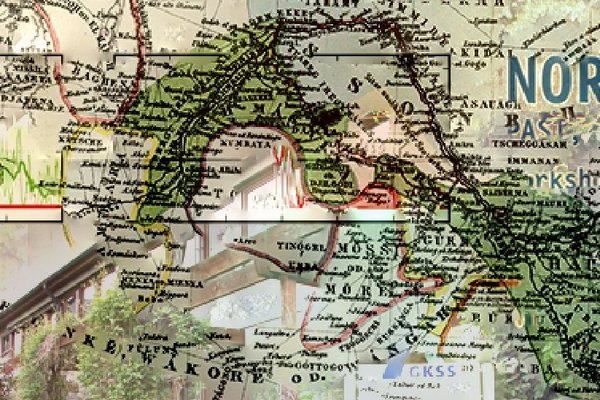
Fluid physics, turbulence and vegetation modeling: Martin Claussen and his research interests
After 16 years as Professor of Physical Meteorology at Universität Hamburg and as Director at the Max Planck Institute for Meteorology (MPI-M), Prof.…
